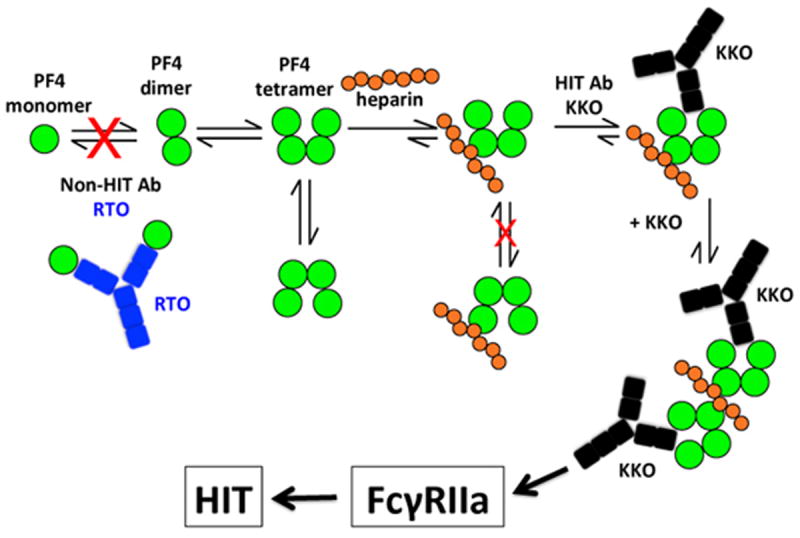Figure 5. Model of RTO inhibition of heparin-induced thrombocytopenia.

PF4 molecules (green circles) exist in an equilibrium among monomers, dimers and tetramers. Upon binding to heparin (orange circles), the configuration of the tetramer is stabilized. As a result, the open end of the PF4 tetramer is oriented and recognized by HIT-antibody KKO (black). KKO in turn fosters PF4 oligomerization and works collaboratively with heparin to stabilize the ternary complex. The net result is the generation of stable ultralarge immune complexes capable of sustained activation of Fcγ receptors on platelets and monocytes which consequently leads to HIT. The non-HIT isotype-matched antibody RTO (blue) binds to PF4 monomers, prevents PF4 oligomerization, prevents formation of ultralarge immune complexes and as a result may prevent HIT. The cartoon assumes heparin is composed of about 7 structures similar to fondaparinux.
